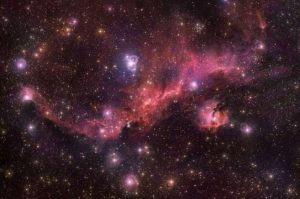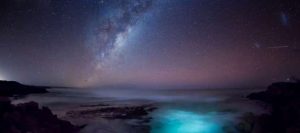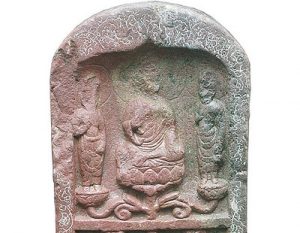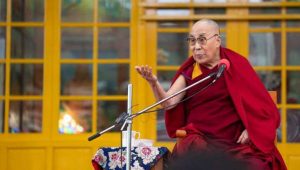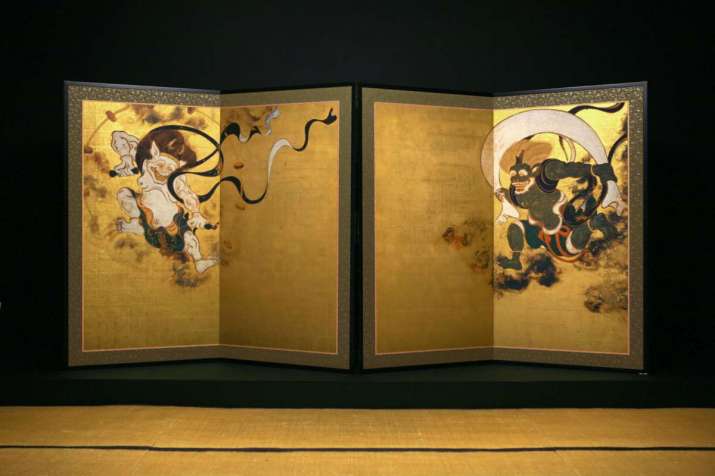
Kennin-ji, the oldest Zen temple in Kyoto has taken a step into the 21st century with last week’s launch of the “MR Museum.” The new digital experience offers visitors a unique new way to view and interact with the temple, by turning static art into a living, moving holographic narrative through the application of mixed, or augmented, reality (MR) that includes a holographic Buddhist monk who provides an educational commentary.
Using 3D digital imagery and HoloLens headsets, Tokyo-based hakuhodo-VRAR, a company specializing in virtual and augmented reality technologies, uses MR to bring an added dimension to the spectacular and highly influential byobu folding screen Wind God and Thunder God, a 17th century national treasure created by the renowned artist Tawaraya Sotatsu (c. 1570–c. 1640).
“The folding screen of Fujin and Raijin is Japan’s most famous national treasure, and we’ve used HoloLens MR technology to enable people to ‘feel’ the concept of a bountiful harvest that the work depicts, rather than just view it,” said hakuhodo executive creative director Kazuhiro Suda. “By overlaying the wind and rain brought by the gods of wind and thunder around the double screen, we’ve attempted to communicate what the artist had in mind to those viewing this masterpiece.” (Next Reality)
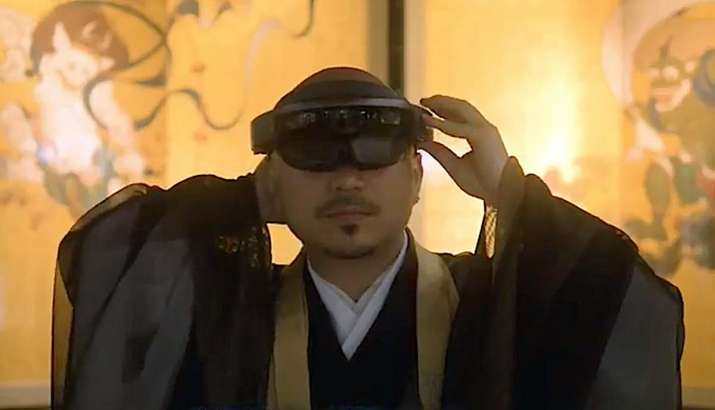
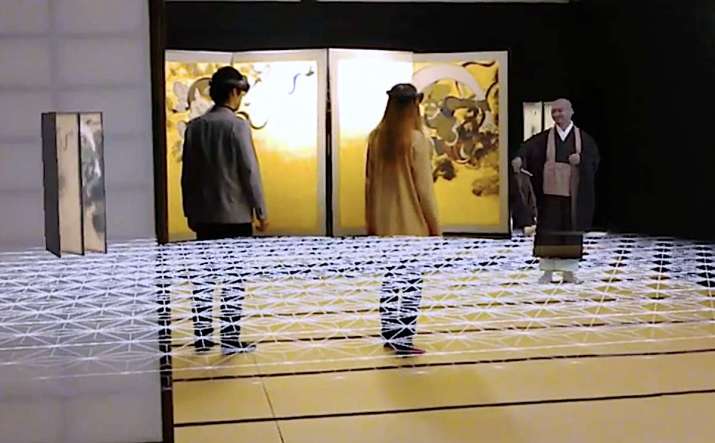
Wind God and Thunder God, housed at Kennin-ji, comprises a pair of bi-folded screens, each measuring 169.8 centimeters by 154.5 centimeters, and depicting Raijin, the Shinto god of lightning, thunder, and storms, and Fujin, the god of wind, both rendered in ink and color on gold-foiled paper.
The holographic narrative provides visitors with a new way to experience and understand Sotatsu’s 17th century masterpiece, and the stories behind its creation, all under the guidance of a holographic Kennin-ji monk.
According to Microsoft, which developed the HoloLens technology: “Viewers will be immersed in a totally new way of experiencing cultural treasures as they are drawn into a dynamic graphic narrative featuring rainclouds alive with lightning and thunder, a lush Earth below, a vast cosmos, and other motifs. The advanced viewing experience also includes 3D renditions of works on the same Fujin and Raijin theme by Ogata Korin, Sakai Hoitsu and other artists of the Rinpa school who were inspired by Tawaraya Sotatsu, enabling viewers to compare the works.” (Mobile Nations)
“I think it’s really wonderful to be able to experience this national treasure, the folding screen of Fujin and Raijin in this way,” said Buddhist monk Shundo Asano, whose image was used for the MR experience. “But I must admit, I never imagined myself being captured in 3D in this way.” (Next Reality)
The MR holographic narrative at Kennin-ji ran from 22–24 February and continues at Kyoto National Museum from 28 February–2 March.
Founded in 1202, Kennin-ji, a major temple of the Rinzai school of Zen Buddhism, is considered one of the five most important Zen temples in Kyoto. The monk Eisai (1141–1215), who is credited with introducing both Zen Buddhism and green tea to Japan, was the temple’s founding abbot and is buried within the grounds. A combination of Zen, Tendai, and Shingon practices were conducted at the temple in its early years, but Kennin-ji became a purely Zen temple under its 11th abbot, the Chinese monk Lanxi Daolong (1213–1278). The renowned Zen master Dogen (1200–1253), who went on to found Soto Zen, also trained at Kennin-ji.
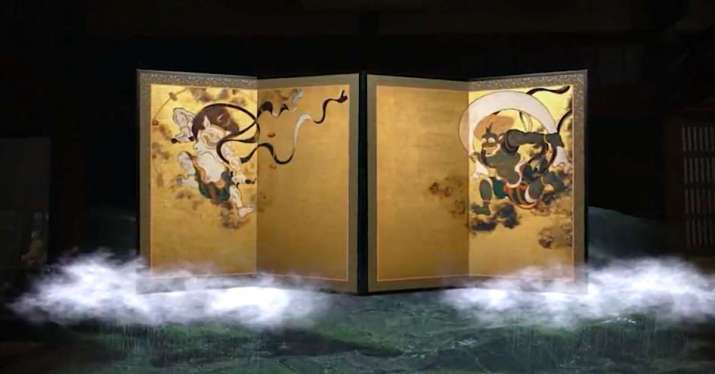
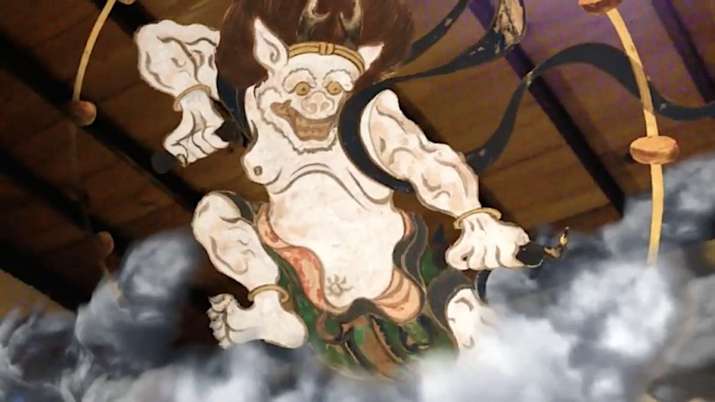
See more
The Oldest Zen Temple in Kyoto Kenninji
HoloLens adds mixed reality to a Japanese national treasure (engadget)
Japanese lab uses HoloLens to help people learn about art (on MSFT)
HoloLens to help bring Japanese national treasure to life with mixed reality (Mobile Nations)
Microsoft’s HoloLens Transports One of Japan’s Oldest Temples into the Future in Kyoto (Next reality)





